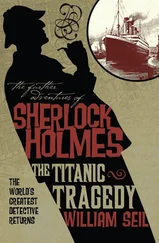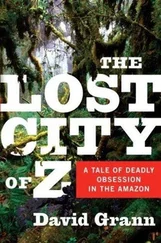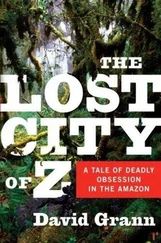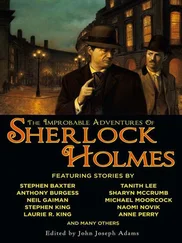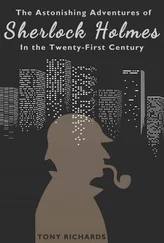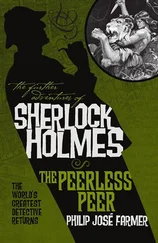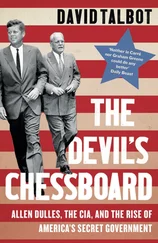Isabelle is sure that Bourdin “can change.” She said, “I’ve seen him now for two years, and he is not that person.”
At one point, Bourdin touched Isabelle’s stomach. “My baby can have three arms and three legs,” he said. “It doesn’t matter. I don’t need my child to be perfect. All I want is that this child feels love.” He did not care what his family thought. “They are my shelter,” he said of his wife and soon-to-be child. “No one can take that from me.”
A month later, Bourdin called and told me that his wife had given birth. “It’s a girl,” he said. He and Isabelle had named her Athena, for the Greek goddess. “I’m really a father,” he said.
I asked if he had become a new person. For a moment, he fell silent. Then he said, “No, this is who I am.”
—August, 2008
Which Way Did He Run?

 THE FIREMAN WHO FORGOT 9/11
THE FIREMAN WHO FORGOT 9/11 

Firemen have a culture of death. There are rituals, constructed for the living, to process the dead. And so on September 11th, when members of Engine Company 40, Ladder Company 35, learned that every man from their house who responded to the World Trade Center attack—twelve, including a captain and a lieutenant—had disappeared, they rushed to the area, determined, at the very least, to perform the rite of carrying out their own. Eventually, they located their engine and ladder trucks, covered in soot, near Ground Zero, and tried to “visualize,” as one of them later put it, what had happened: where the men had gone, what their last movements might have been. By the rigs, the searchers recognized some of the missing firefighters’ extra shoes, a discarded shirt, and a pair of sunglasses. Slowly, in makeshift teams, the searchers fanned out into the rubble, trying to retrace their colleagues’ steps, combing through the wreckage. There was nothing to be found.
Then that evening, as the number of missing grew into the thousands, word spread that rescue workers had discovered someone buried under the rubble. He was identified as Kevin Shea, and he was a member of Engine 40, Ladder 35. What’s more, he was alive. He had been evacuated to a hospital in New Jersey, and his colleagues hurried there, believing that he could tell them where the rest of the men might still be trapped. “If there was one,” Steve Kelly, a veteran member of the house, later recalled, “we were hopeful he could lead us to the others.”
When the men entered the hospital room, Shea was lying in bed, awake. He had fractured his neck in three places and severed a thumb, but he seemed alert and happy to see them. After the men embraced Shea, they began to question him. Do you remember where you were? one of them asked.
“No,” he said.
Do you know where the others were before the towers came down?
Shea looked at them, perplexed, and said, “The towers came down?”
The story of the survivor who was unable to remember what no one else could forget sounded like an urban legend. But two weeks after the attack I visited Shea, who had just been discharged from the hospital, at his firehouse on Amsterdam Avenue and Sixty-sixth Street, and he told me that he was indeed suffering from some kind of amnesia. “Technically, I’m not supposed to be working,” he said. “But I can still answer phones, and I thought it might help to be near the guys.”
Part Italian and part Irish, he is handsome, with intense brown eyes, but he wore a neck brace that pressed against his chin and the doctors had shaved his head, making his features seem disconcertingly stark. As he bent down to answer the phone, I could see curving along his scalp a long gash flecked with dried blood. “I fractured the fifth vertebra in my neck,” he said.
Outside the firehouse, people were gathering to light candles in memory of the dead, and upon learning that Shea was inside they stopped by to see him. He had become, in a strange way, a shrine for the living—the one who made it out. A little girl walked in with her mother and handed him a donation for the company. “Thank you so much for what you did,” she said. He smiled and extended his good hand to take the check, but as more people approached him he grew increasingly uncomfortable. “This isn’t about me,” he told a man who praised his courage. After the last person had departed, he turned to me and said, “Please don’t make me out to be a hero.”
He glanced around the room at the photos of the missing men and a notice for a memorial. He said, “Maybe I panicked and …” His thoughts trailed off, and he closed his eyes as if trying to conjure something out of the blankness. He seemed haunted not just by the gaps in his past but also by a single question that they prevented him from answering: What had he done in those crucial last moments that allowed him alone to survive? “I like to think I was the type of person who was trying to push someone out of the way to save them and not the type who ran in fear,” he said. “But I can’t remember anything, no matter how hard I try. It’s like my memory collapsed with the building, and now I have to piece the whole thing back together again.”
There are some things he does remember. He remembers Mike D’Auria, a twenty-five-year-old rookie with a Mayan tattoo on his leg. He remembers Frank Callahan, his captain, and Mike Lynch, another firefighter, who was about to get married. He remembers what they carried: a Halligan, a maul, an axe, a Rabbit Tool, eight-penny nails, utility ropes, wire cutters, chucks, and a screwdriver. He remembers waking on September 11th and the alarm sounding at the firehouse at 9:13 A.M. He remembers the men getting on the rigs. He remembers the rigs. He remembers asking the lieutenant if he thought it was a terrorist attack and the lieutenant saying yes and their riding in silence.
There are other things he remembers, too: his nickname, Ric-o-Shea; his age, thirty-four; and his favorite color, yellow. He remembers meeting his girlfriend, Stacy Hope Herman. He remembers growing up on Long Island and his parents fighting and his mother moving out when he was thirteen. He remembers some things even if he doesn’t want to—things that refuse to dissolve, along with all the insignificant memories, with the passage of time.
Memory is a code to who we are, a collection not simply of dates and facts but also of emotional struggles, epiphanies, and transformations. And in the wake of tragedy it is vital to recovery. After a traumatic event, people tend to store a series of memories and arrange them into a meaningful narrative. They remember exactly where they were and to whom they were talking. But what does one do when the narrative is shattered, when some—or most—of the pieces of the puzzle are missing?
In the last week of September, I went with Shea to the St. Charles Hospital and Rehabilitation Center in Long Island. The doctors were uncertain if he was blocking out what had happened as a result of physical or psychological blows, or both. Mark Sandberg, a neuropsychologist, greeted Shea in the lobby and led him into a cramped office. After Sandberg closed the door, they sat down, facing each other. “I know very little about you,” Sandberg said. “So what do you remember?”
“I can tell you what I remember and what I was told,” Shea said. “I remember responding to the scene. I’m in Ladder 35, but they have an engine in there as well, and they had a free seat. I wasn’t working that day, and I said, ‘Can I jump on?’ ”
Читать дальше
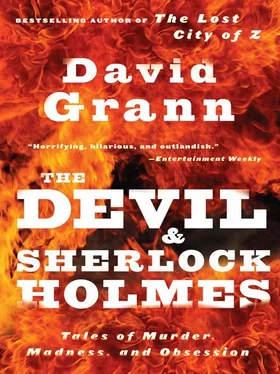

 THE FIREMAN WHO FORGOT 9/11
THE FIREMAN WHO FORGOT 9/11 

